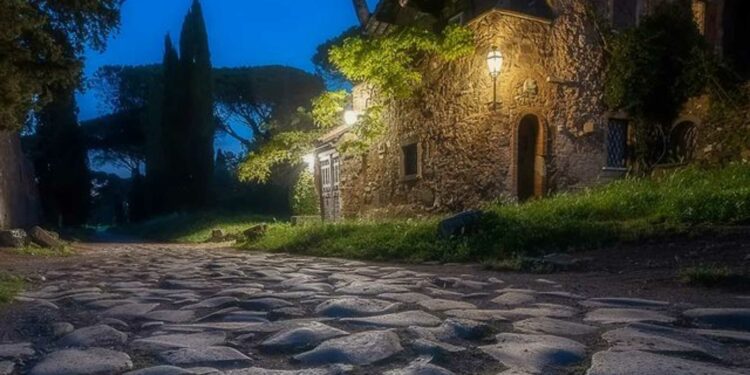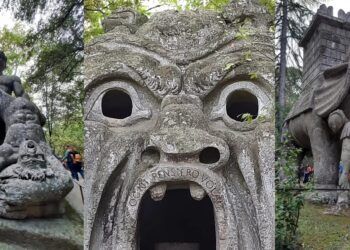The Basoli dell’Appia Antica, also known as “Basolata Paving”, are an ancient stretch of road that was part of the Appia Antica, one of the most important and famous Roman roads. These paving stones, or flints, are blocks of stone used to pave the road, creating a solid and durable surface. The Appia Antica was built in 312 BC. and connected Roma to Capuain southern Italy. This stretch of road is a precious example of Roman engineering and of the importance of communication routes in the Roman Empire.
The distinctive characteristics of the Basoli dell’Appia Antica
- Stone paving: The road is made up of rectangular stone blocks, cut precisely and arranged in a geometric pattern. This pavement was able to support the weight of Roman chariots and troops.
- Footprints of wagons: the deep grooves left by the wheels of the wagons on the surface of the paving stones are still visible today. These historical traces are a direct witness of the traffic and wear and tear of time.
- Monuments and tombs: Along the Appia Antica and the Basoli, it is possible to find numerous monuments, mausoleums and tombs of important figures of ancient Rome.
To visit the Basoli dell’Appia Antica, you can follow these steps
- Reach Rome: Arrive in Rome, the Italian capital, via international flights or trains.
- Arrive at the Appian Way: The Appian Way is located southeast of central Rome. You can take a taxi, bus or rent a bike to reach this area.
- Explore the Basoli: Walk along the Appia Antica to admire the Basoli and the surrounding monuments. There are also guided tours that provide historical and cultural information along the way.
- Recommended times and periods: The Appia Antica is generally open all year round. However, spring and autumn are the most recommended times to visit, as the weather is mild and pleasant. Summer can be hot, while winter can be colder and rainier.
- Sites of interest: In addition to the Basoli, you can visit places such as the Mausoleum of Cecilia Metella, the Catacomb of San Callisto and other monuments along the Appia Antica.
Make sure you research up-to-date practical information and opening hours before planning your visit, as they may have changed or updated over time.
Photo by Tiziana Belli da IG, post reported by the page Turismo Roma. Below is the photo in its original format.












Discussion about this post